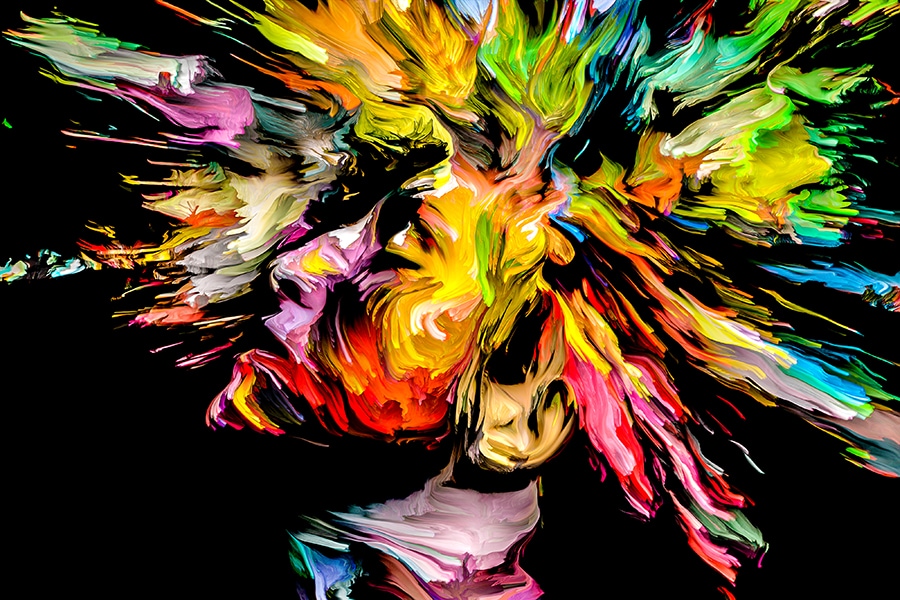
Simply Speaking: Colours are a product of the mind, not of reality
In the second of a two-part colour exploration series, we understand what it means 'to see', and decode the influence and magic of colour in our world
 Have you noticed that although plenty of people confess they have ‘no ear' for music you don't come across many who admit they have ‘no eye' for art? Image: Shutterstock
Have you noticed that although plenty of people confess they have ‘no ear' for music you don't come across many who admit they have ‘no eye' for art? Image: Shutterstock
“I want to know one thing. What is colour?”
- Pablo Picasso
Read Part One of the colour exploration series here
Even before we decode colour, we must understand vision itself. The word theory derives from the Greek word which means ‘to behold’. “It’s not what you look at that matters, it’s what you see,” wrote Henry David Thoreau, and his observation is right. The sight so dominates our intellectual development that we construct diagrams and charts so we can 'see what is happening', ‘see if something is possible' and ‘imagine it in our mind's eye'.
Have you noticed that although plenty of people confess they have ‘no ear' for music you don't come across many who admit they have ‘no eye' for art? When looking at a picture if we don't understand it, we react angrily. Perhaps rubbishing something because one doesn't understand it is a remnant of a survival instinct that threatens the unknown before it threatens you.




